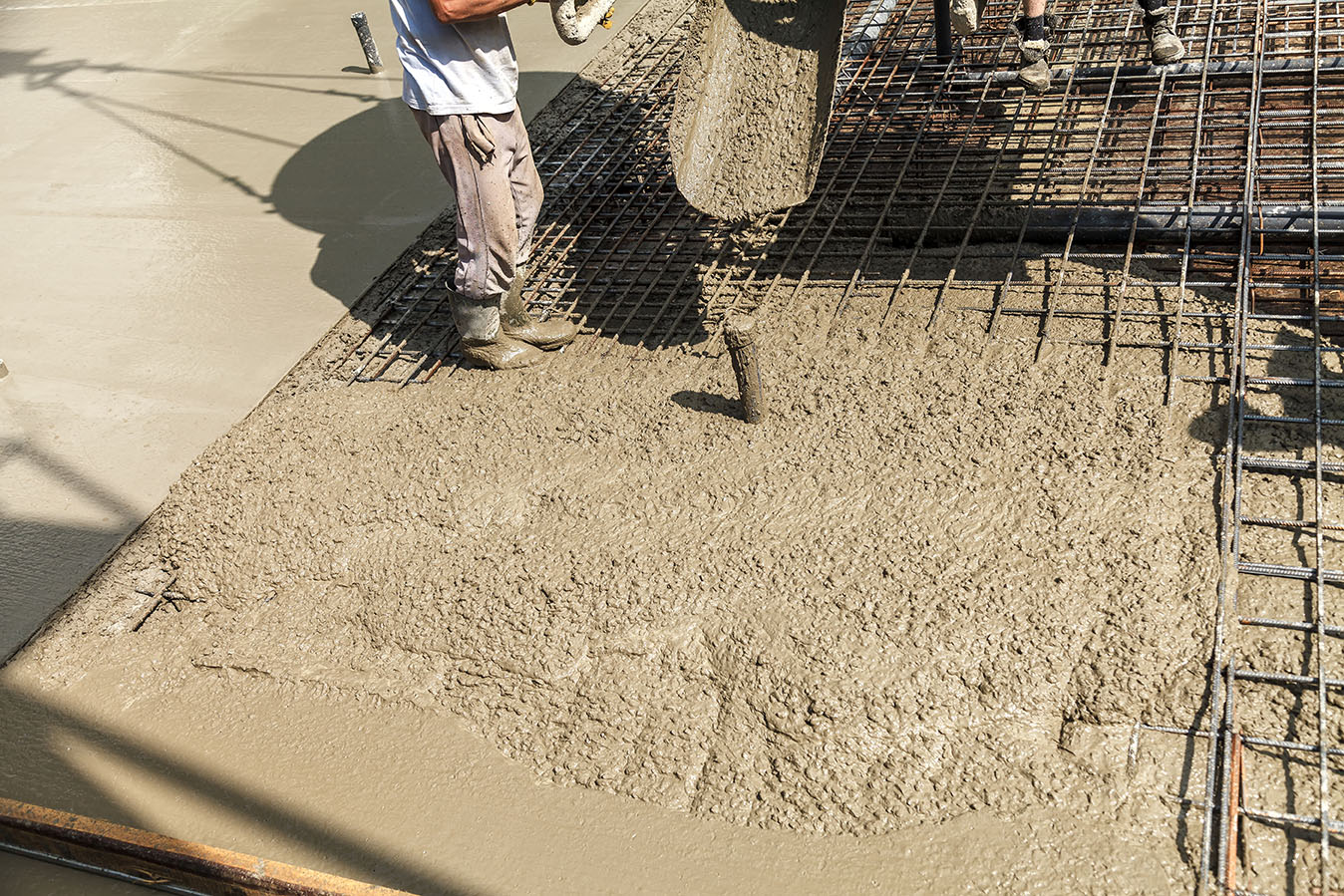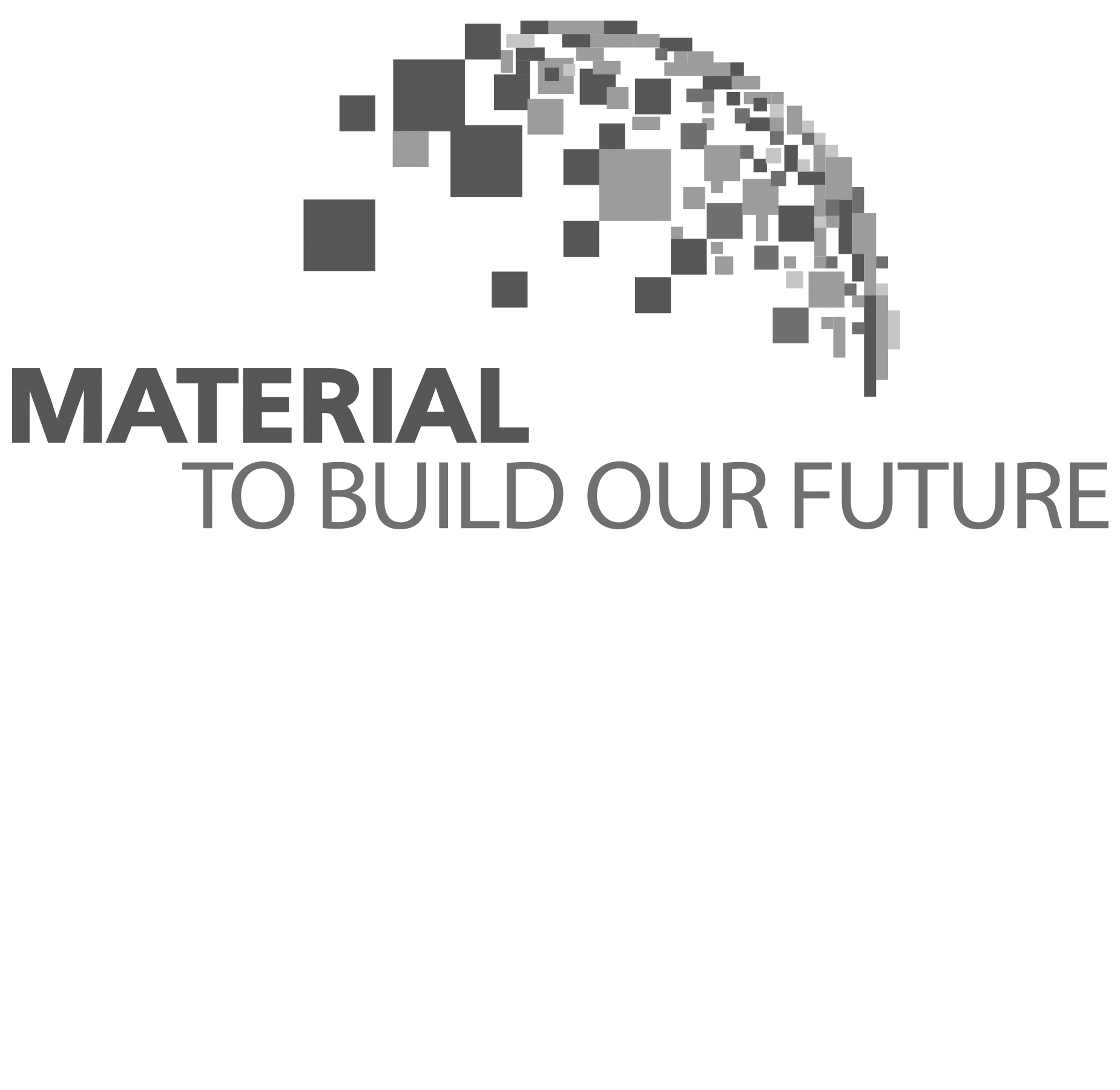
Reducing Carbon Footprint: The Environmental Benefits of Local Ready-Mix Concrete
Embracing local ready-mix concrete is not only environmentally responsible but also economically advantageous.
The Environmental Benefits of Using Local Ready-mix Concrete
Sustainable construction practices have become paramount in this era of increasing environmental concerns. One such practice is the use of local ready-mix concrete.
Construction projects can significantly reduce their carbon footprint and conserve natural resources by sourcing concrete from a local ready-mix concrete supplier.
Read along to discover the remarkable environmental advantages of local ready-mix concrete. Learn why it's the smart choice for those who are intent on shaping a greener future through sustainable construction practices.
1. Understanding Ready-Mix Concrete
a. Define ready-mix Concrete and its Components
Ready-mix concrete, or RMC, is a customized blend of cement, aggregates, water, and additives. Cement acts as the binding agent, while aggregates provide bulk and strength. The water facilitates the chemical reaction known as hydration.
This reaction cures the concrete and gives it its solid structure. Additives or admixtures are optional components that enhance specific properties of the concrete, such as workability, durability, or setting time.
b. The Process of Preparing Ready-mix Concrete
Preparing ready-mix concrete involves a systematic process to achieve the desired properties.
The key steps of this entire process are:
Batching
The precise quantities of cement, aggregates, water, and admixtures are carefully measured based on predetermined mix designs. Engineers develop these assorted designs to meet the specific requirements of each project.
Mixing
The batching plant has large mixing equipment that thoroughly combines the components. The process ensures a uniform distribution of cement and aggregates, creating a homogeneous mixture.
Transportation
The ready-mix concrete is loaded into specialized trucks with rotating drums called transit mixers once mixed. These trucks are designed to transport the concrete without segregation or loss of property.
Delivery and Placement
The transit mixers transport the ready-mix concrete to the construction site. There, it is poured directly into the desired forms or structures. Skilled workers ensure the proper placement and levelling of the concrete.
2. Reduced Carbon Emissions
One of the primary environmental advantages of local ready-mix concrete is the significant reduction in carbon emissions.
Traditional concrete production involves transporting raw materials over long distances. Therefore, producing high greenhouse gas emissions.
Hence, by choosing a local ready-mix concrete supplier, construction projects can minimize transportation and lower their carbon footprint—this reduction in emissions results in mitigating climate change and improving air quality in the community.
Additionally, local suppliers often adopt alternative materials and manufacturing techniques that further reduce the carbon emissions associated with concrete production.
3. Conservation of Natural Resources
Conventional concrete production depletes natural resources on a large scale. In comparison, local ready-mix concrete promotes resource conservation in multiple ways.
Firstly, sourcing aggregates from local quarries minimizes the need for long-distance transportation. Thus reducing energy consumption and environmental impact.
Furthermore, using recycled materials, such as crushed concrete, fly ash, or slag, in ready-mix concrete enhances sustainability.
Suppliers divert waste from landfills and decrease the demand for virgin resources. Additionally, local suppliers often implement water conservation measures in their production processes.
4. Minimizing Environmental Impact
Local ready-mix concrete also helps minimize the environmental impact of construction projects.
Local ready-mix suppliers employ precise batching and mixing techniques to ensure minimal waste is generated during production.
This reduces the amount of construction waste that would otherwise end up in landfills, promoting a circular economy. Moreover, ready-mix concrete is highly recyclable and can be crushed and reused for future construction projects.
This further reduces the demand for new materials. By responsibly managing waste and promoting recycling, local ready-mix concrete contributes to a cleaner and more sustainable construction industry.
5. Local Economic Benefits
Along with environmental advantages, local ready-mix suppliers, such as Hanson Malaysia, bring significant economic benefits to the community.
By supporting local businesses, construction projects contribute to job creation and bolster the local economy. Local suppliers tend to hire local workers.
As a result, they strengthen the workforce and foster a sense of community. Choosing local suppliers also reduces transportation costs, promoting cost-effectiveness in construction projects.
Moreover, contractors and builders can ensure a reliable supply of high-quality concrete by establishing long-term partnerships with local ready-mix suppliers.
Thus, leading to smoother project execution and increased efficiency.
All in All
Utilizing local ready-mix concrete is wise for environmentally conscious construction.
This sustainable construction practice offers a win-win solution by reducing carbon emissions, conserving natural resources, minimizing environmental impact, and providing local economic benefits.
The construction industry can take significant strides towards a greener future by prioritizing local suppliers and incorporating eco-friendly materials and manufacturing techniques.
Embracing local ready-mix concrete is not only environmentally responsible but also economically advantageous. This benefits both the construction industry and the communities it serves.
